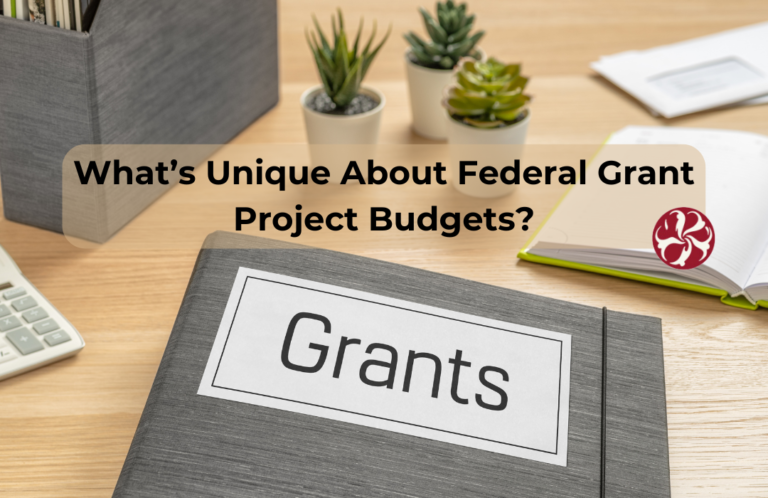Interests in the philanthropic sector are constantly changing in response to the social and political climate. In recent years, significant global events, such as the COVID-19 pandemic and various climate disasters, have caused a shift in funding priorities. But that doesn’t mean funders are throwing money at problems without a plan. Gone are the days of purely reactive charity. Today, philanthropists are adopting strategic approaches that rely on data and research to maximize their impact. In this blog post, we highlight three funding areas and two giving strategies gaining more attention — and traction — in the philanthropy sector.

Three Funding Areas
Climate Action
With the rapid advancement of the climate crisis, philanthropists are increasingly funding conservation efforts, sustainable development, and remediation projects. These investments have the potential to protect threatened ecosystems, advance renewable energy efforts, and foster a more equitable and sustainable future for all. Our client, Nos Quedamos, is an example of the excellent work happening in this area and receiving funding.
Community Power
As funders become more aware of the transformative power of local initiatives, grassroots organizations and community-led projects are increasingly being funded. Backing local initiatives allows funders to partner with communities for long-lasting positive change and to reinforce social bonds by providing those most proximal to challenges with the resources they need to expand their work. This approach fosters greater community ownership and resilience in the face of adversity.
Criminal Justice
While there are hints of cities returning to “tough on crime” policing of previous eras, philanthropy has gradually shifted toward systemic reform to address the root causes of crime, such as poverty, lack of access to education, and unemployment. Funders are increasingly supporting programs that promote alternatives to incarceration, such as restorative justice programs and community-based interventions. These investments signal a promising shift towards more holistic approaches to public safety.
Two Giving Strategies
Trust-Based Giving
Unlike traditional philanthropic models, which often impose rigid requirements and hierarchies, trust-based philanthropy operates on the belief that those closest to the challenges understand the solutions best. Funders like Cricket Island Foundation are cultivating trust by relinquishing control after providing funding and trusting the expertise of their grantees, fostering a healthier funder-grantee relationship.
Influencer Promotion
Influencer philanthropy harnesses the power of digital platforms to amplify charitable campaigns and inspire action. For example, instead of asking for gifts on birthdays, you might see influencers encourage their followers to contribute to nonprofits tackling causes they care about. By lending their voices and visibility, influencers are helping nonprofits reach new audiences.
As nonprofit fundraisers, it’s critical for you to stay up-to-date on the latest philanthropic interests and identify opportunities for alignment. By staying ahead of the curve, your organization can make a bigger impact on the people and causes you exist to support.







